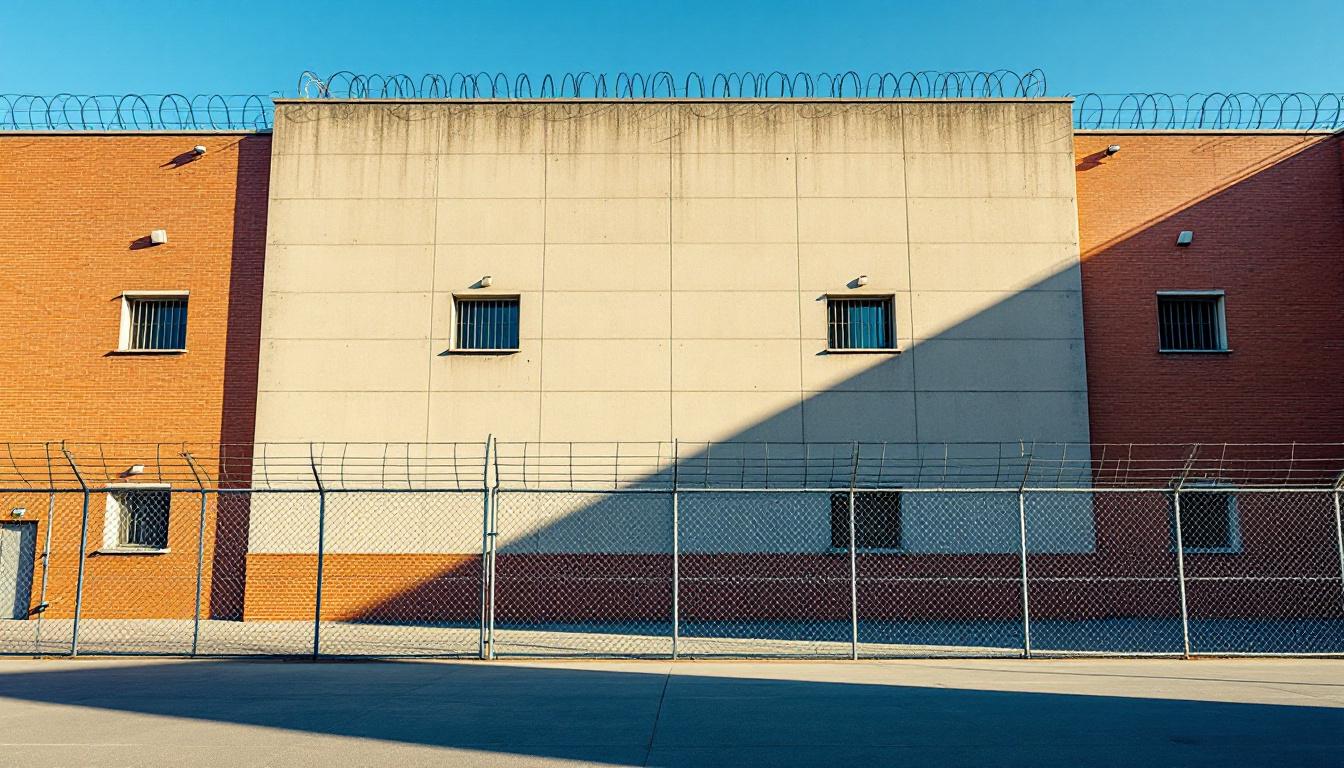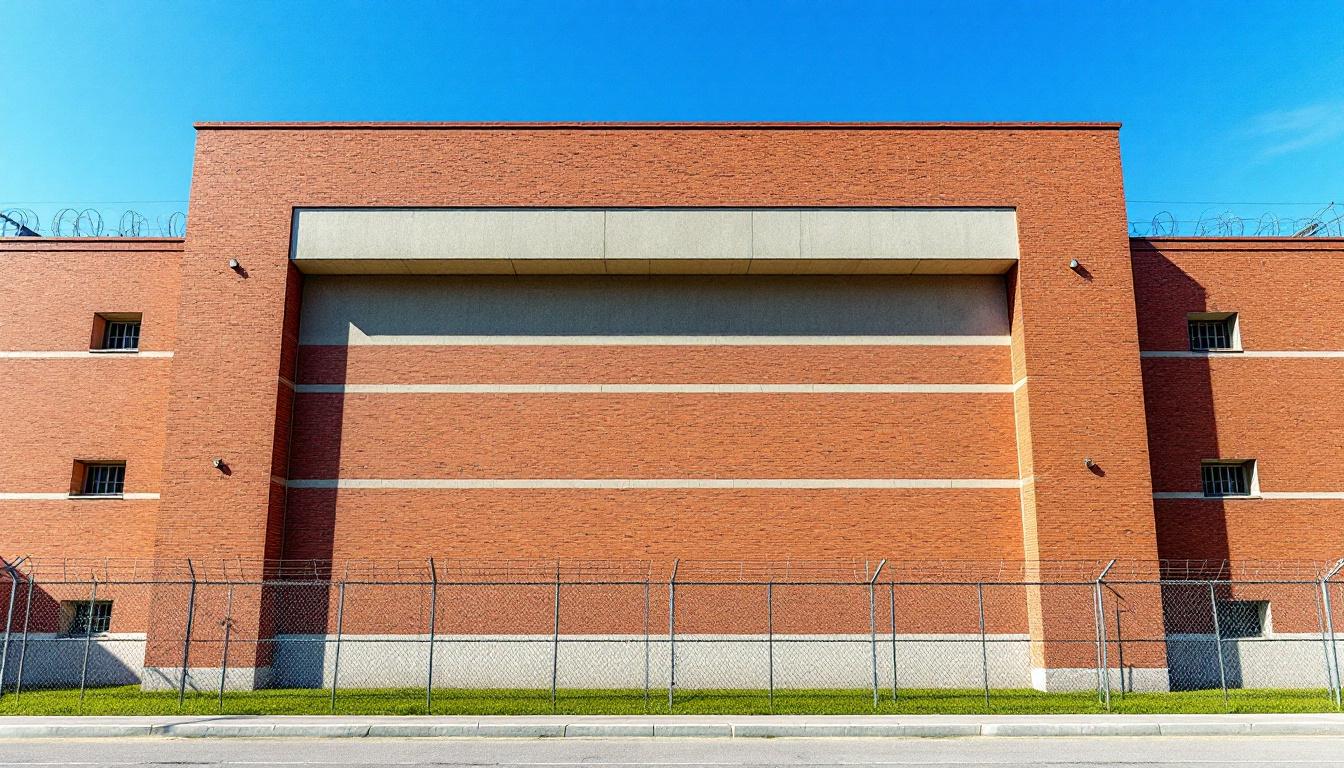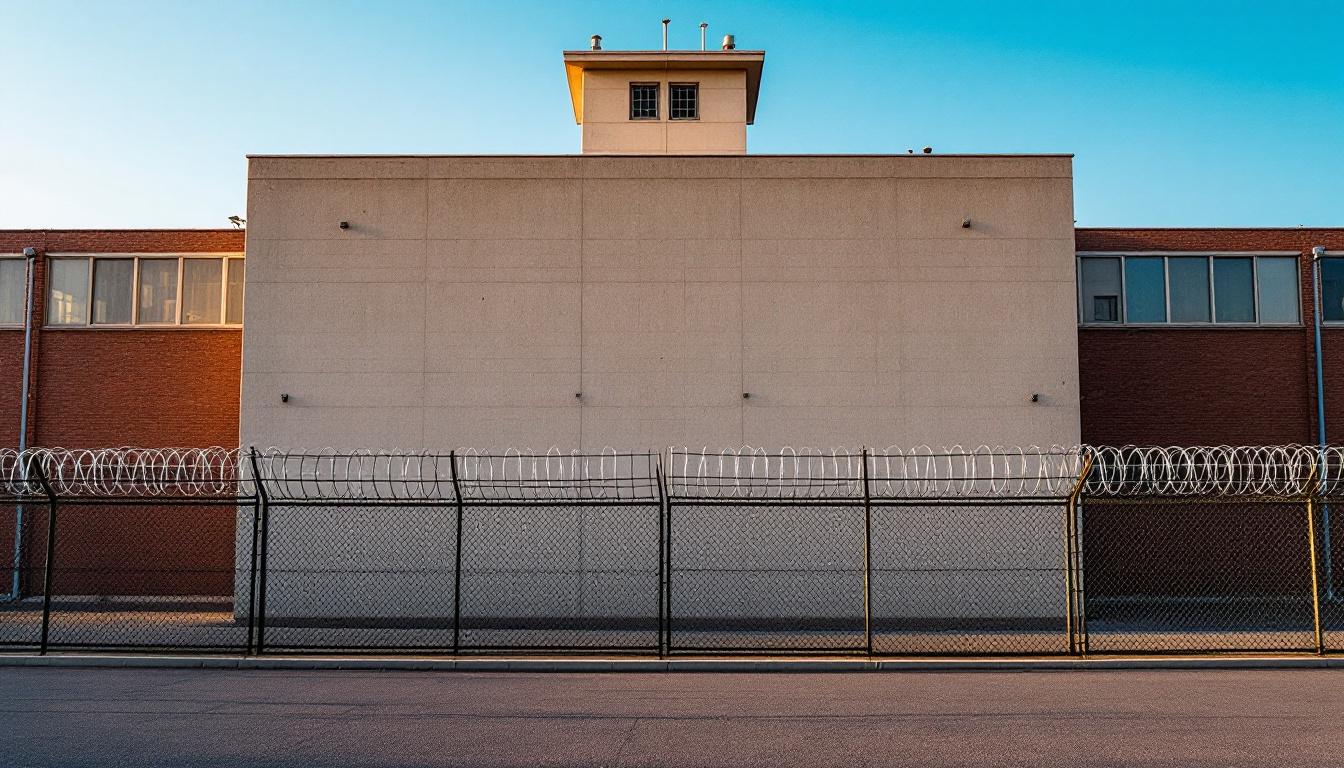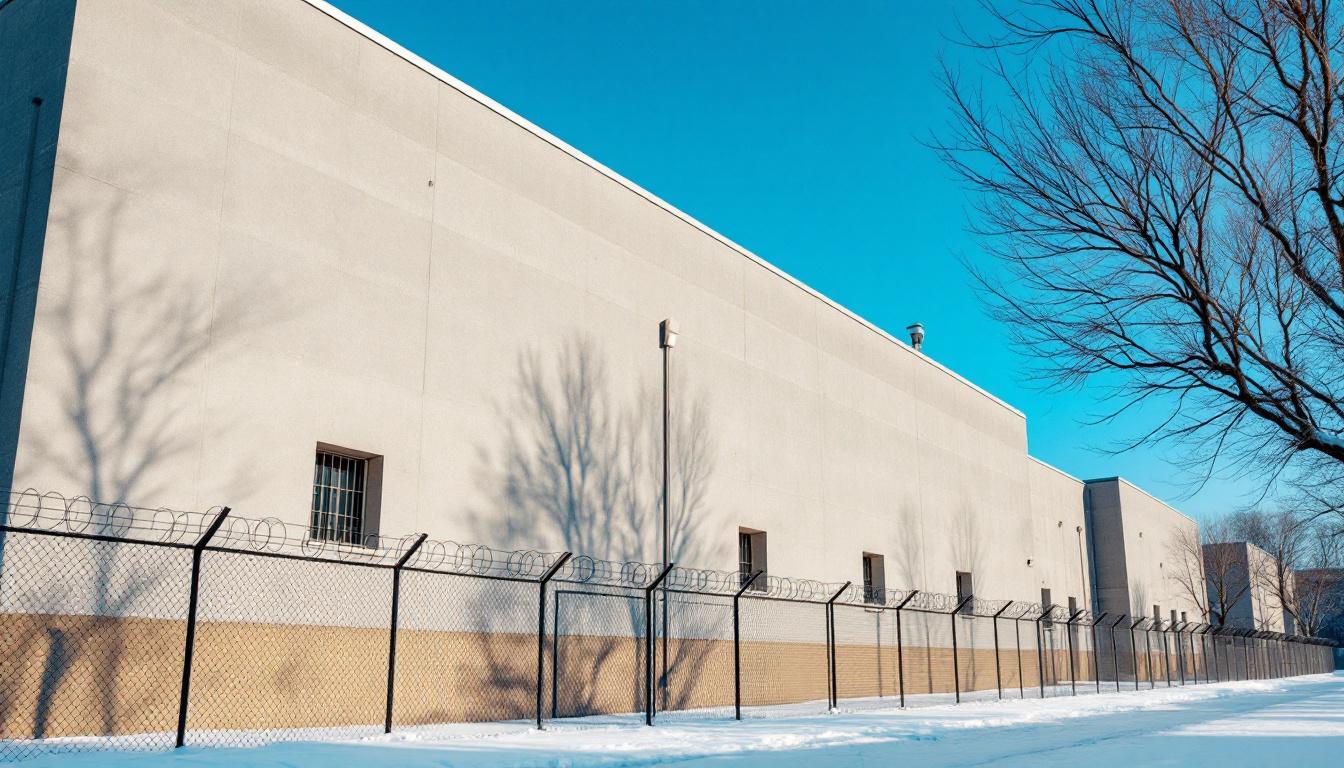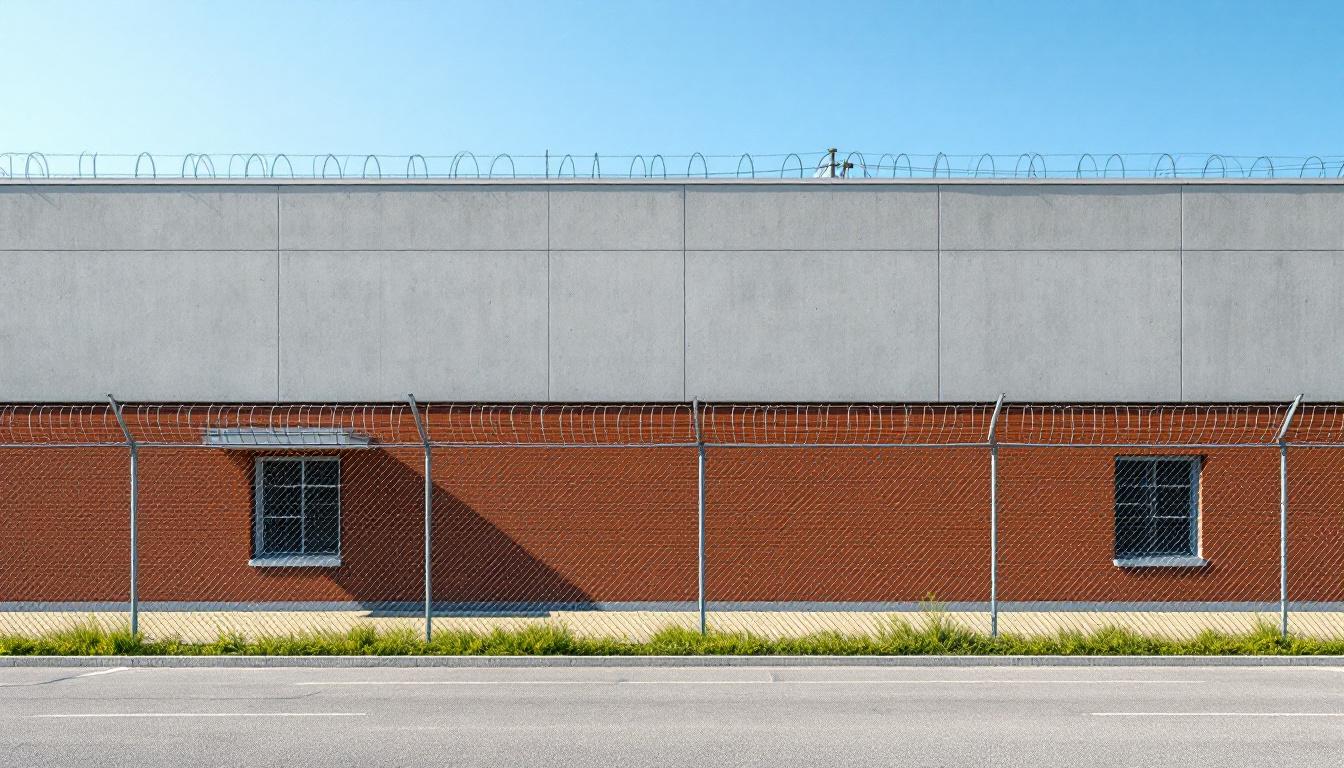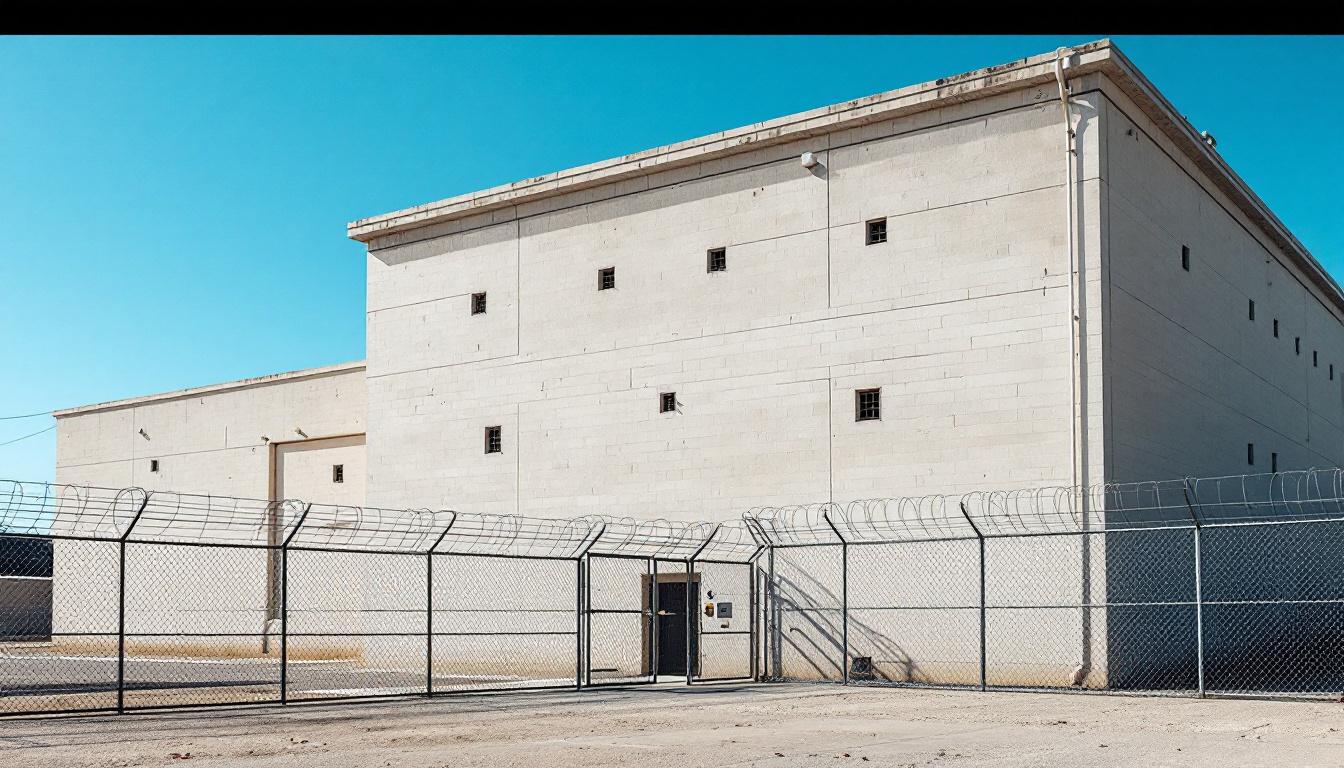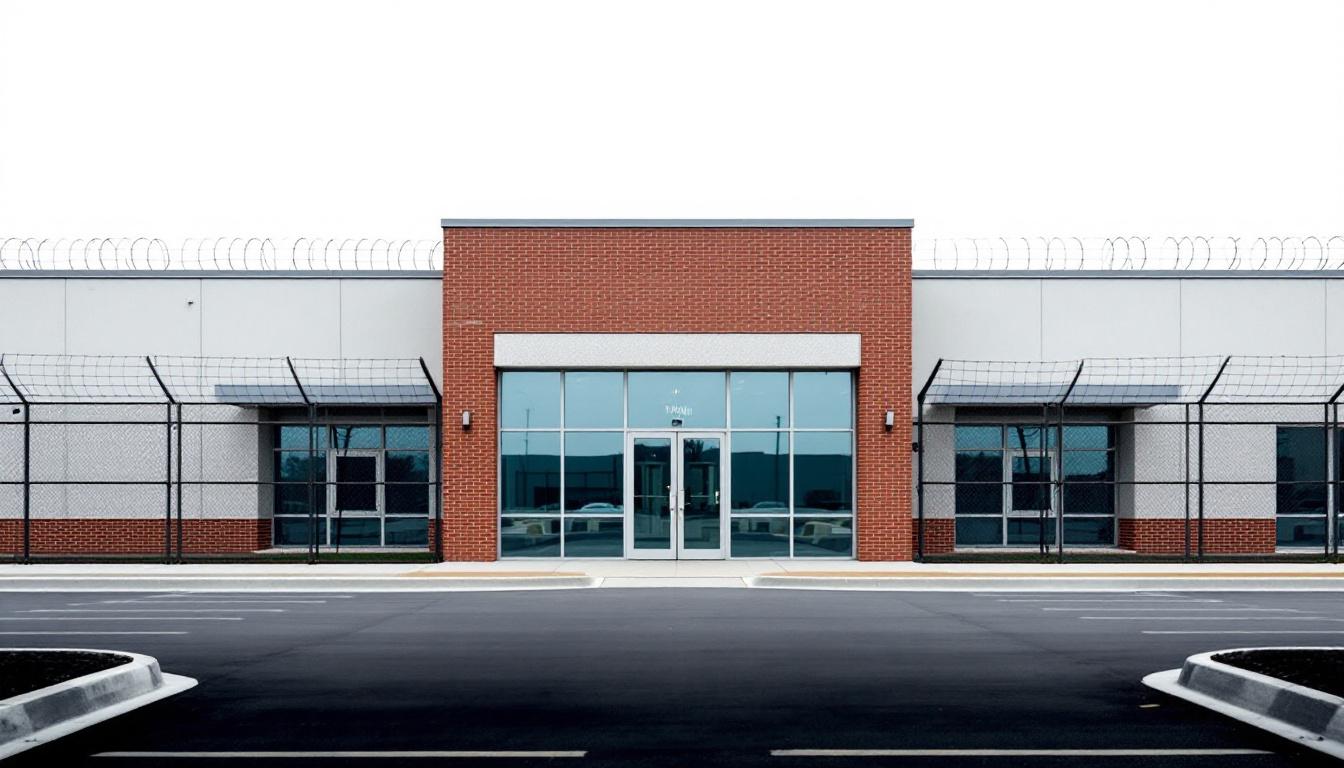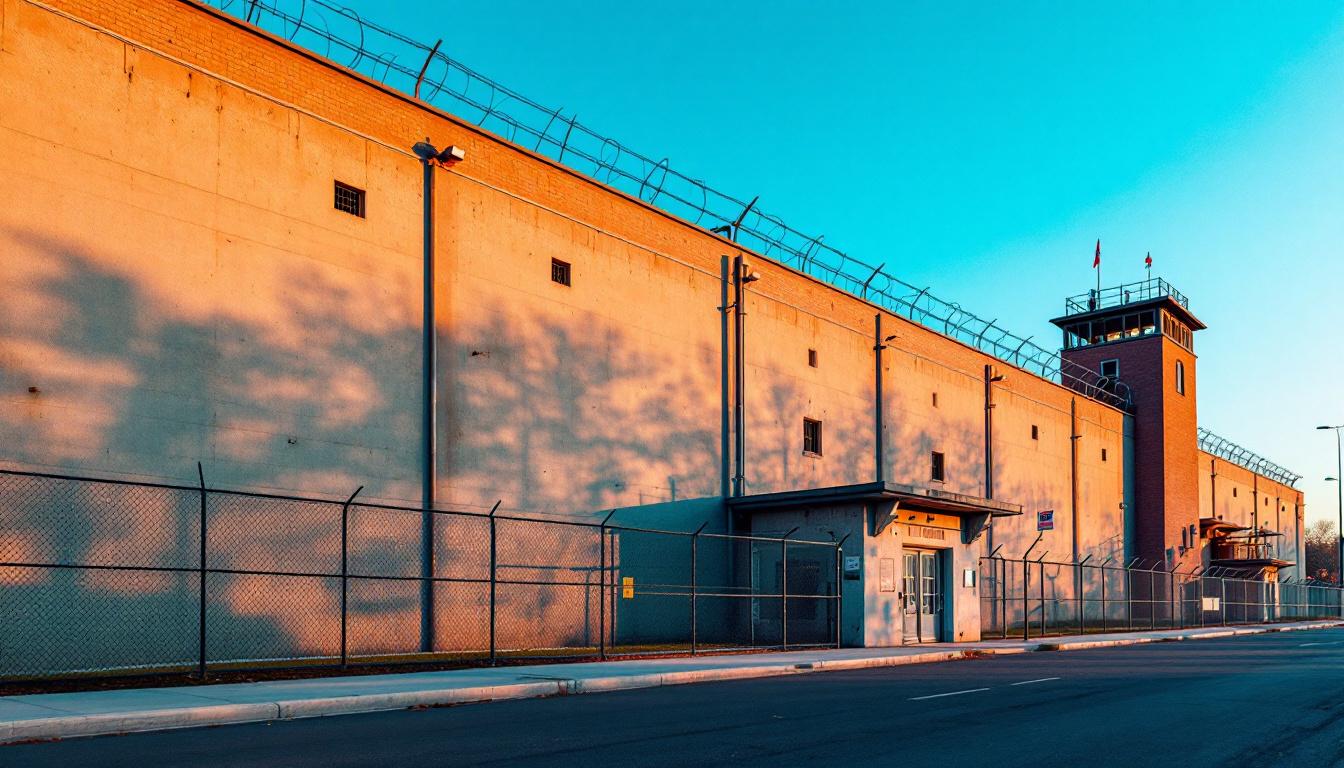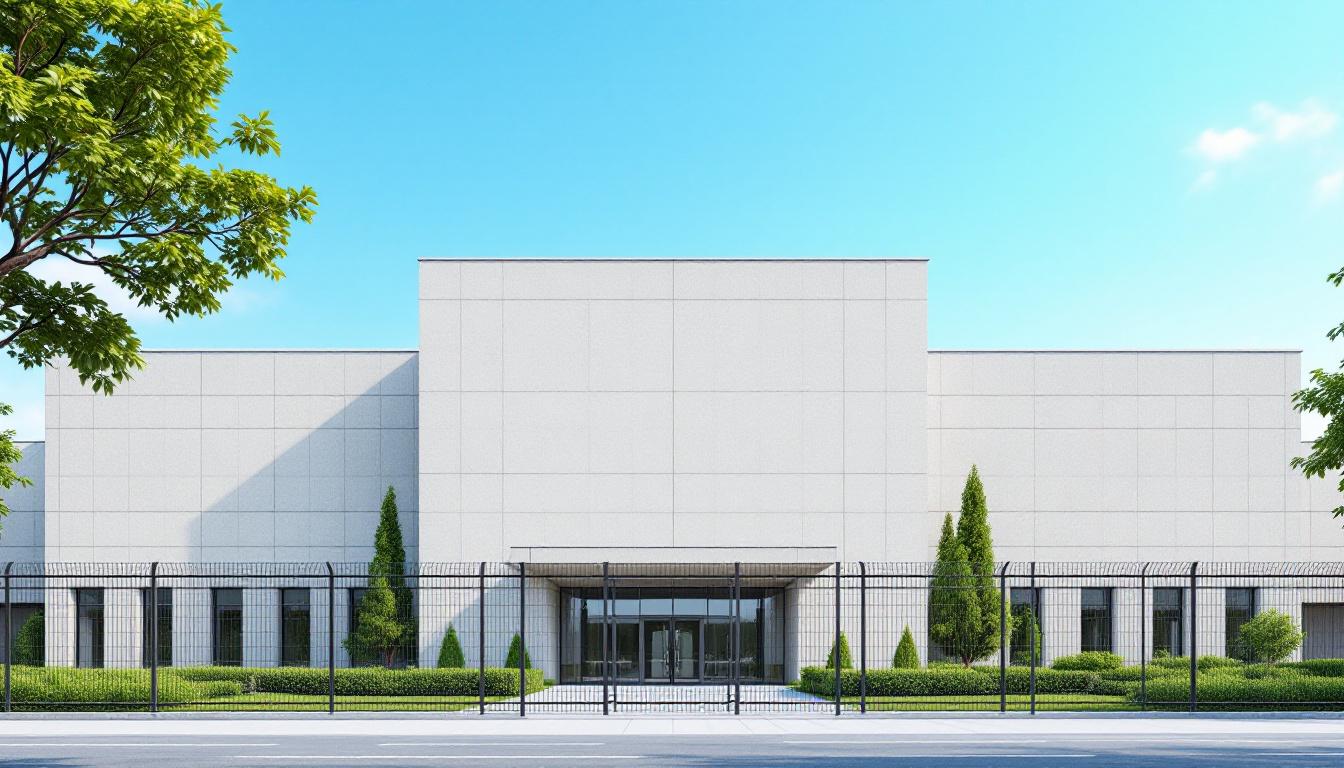
Quick Navigation
How to contact an inmate at Claiborne Parish Detention Center
This comprehensive guide will walk you through how to connect with an inmate at Claiborne Parish Detention Center. Follow the steps below to find an inmate and send letters and photos:
- Search for the inmate using our search tool below
- Create your account or log in to Penmate
- Write your message (up to 6,000 characters)
- Send instantly - inmates receive printed copies daily
Find an Inmate
Search for an inmate to start communicating today
Tip: You can search by first name, last name, or inmate ID number
To contact a person at Claiborne Parish Detention Center start by searching for the person on the facility website. Perform a search by following these steps:
- Step 1: Enter their first name and last name into the search form and click "Search"
- Step 2: Locate their inmate record
- Step 3: Write down their Inmate ID and any housing information provided
Important! Be sure to enter the person's full name. Nicknames should not be used.
How to Send Messages to Inmates

You can use your phone or computer to send emails, letters, and photos to an inmate. Messages are sent electronically to inmate tablets or kiosks at the facility. If you would like to send a message, start by searching for an inmate at Claiborne Parish Detention Center.
Sending Photos and Postcards

A great way to send love and support to a loved one at Claiborne Parish Detention Center is to send photos and postcards. It only takes a few minutes to send photos from your phone and it makes a huge difference. You can also mail postcards with words of support and inspiration, or design your own postcard for special moments like birthdays and holidays.
Important! Be sure not to send any explicit photos or they may not be approved by the facility. You can also use a photo printing app like Penmate to make sure your photos are printed at the correct size (4x6 or 3x5) and are mailed according to the rules and regulations of Claiborne Parish Detention Center.
Frequently asked questions about Claiborne Parish Detention Center
-
How long does it take to deliver a message?
If you're sending an email message your letter is usually delivered within 24-48 hours. For messages sent via mail you should expect delivery within 3-7 days. All messages will need be approved by Claiborne Parish Detention Center.
-
How much does it cost to send a message to Claiborne Parish Detention Center?
You can send a message free using your phone or mail a message via USPS for the price of a $0.60 stamp and envelope. You can also purchase credits or e-stamps from services starting at $1.99.
-
What services can I use to contact an inmate at Claiborne Parish Detention Center?
Penmate
You can use Penmate to send letters and photos to an inmate from your phone. It's an easy way to stay in touch during your loved one's incarceration. Use the inmate locator to find an inmate's location and contact information, then you can send messages within a few minutes.
Securus messaging
Securus may be another option for communicating with an inmate at Claiborne Parish Detention Center. You can create a friends and family account and purchase credits to send messages. All messages will be reviewed and must be approved by the facility.
JPay
Some county jails and state prisons may support sending messages with JPay. You must register an account with the system, find your loved one, and purchase stamps to send messages. For some locations you can also attach photos.
Smart Jail Mail
You may also check if Smart Jail Mail is available at Claiborne Parish Detention Center. Smart Jail Mail is operated by Smart Communications and has contracted with some state and county jails. After purchasing credits, your messages and photos are sent to the facility, printed out, and then handed out to your loved one.
-
What is the mailing address of Claiborne Parish Detention Center?
Mailing address:
Claiborne Parish Detention Center
1415 State Rte 520
Homer, LA 71040
Phone: (318) 927-4201Business hours:
- Monday: Open 24 hours
- Tuesday: Open 24 hours
- Wednesday: Open 24 hours
- Thursday: Open 24 hours
- Friday: Open 24 hours
- Saturday: Open 24 hours
- Sunday: Open 24 hours
-
What are the visiting hours at Claiborne Parish Detention Center?
Visiting hours at Claiborne Parish Detention Center vary by housing unit and security level. Generally, visits are scheduled on weekends and holidays, with some facilities offering weekday visits. Contact the facility directly at (318) 927-4201 or check their website for the current visiting schedule. Visits typically last 30-60 minutes and must be scheduled in advance.
-
What items are prohibited when sending mail to Claiborne Parish Detention Center?
Prohibited items typically include: cash, personal checks, stamps, stickers, glitter, glue, tape, staples, paperclips, polaroid photos, musical or blank greeting cards, hardcover books, magazines with staples, and any items containing metal or electronics. Only send letters on plain white paper with blue or black ink. Photos must be printed on regular photo paper (no Polaroids). Always check with Claiborne Parish Detention Center for their specific mail policies.
-
How do I send money to an inmate at Claiborne Parish Detention Center?
You can send money to an inmate at Claiborne Parish Detention Center through several methods: 1) Online using JPay, Access Corrections, or the facility's approved vendor, 2) Money orders mailed directly to the facility with the inmate's name and ID number, 3) Kiosks located in the facility lobby, or 4) Over the phone using a credit or debit card. Fees vary by method, typically ranging from $2.95 to $11.95 per transaction.
-
Can I schedule a video visit with an inmate at Claiborne Parish Detention Center?
Many facilities now offer video visitation as an alternative to in-person visits. At Claiborne Parish Detention Center, video visits may be available through services like Penmate, Securus Video Connect, GTL, or ICSolutions. Video visits typically cost $10-20 for 20-30 minutes and must be scheduled in advance. You'll need a computer or smartphone with a camera and reliable internet connection. Contact the facility for their specific video visitation policies and approved vendors.
-
What identification do I need to visit an inmate at Claiborne Parish Detention Center?
All visitors must present valid government-issued photo identification such as a driver's license, state ID, passport, or military ID. Minors must be accompanied by a parent or legal guardian who can provide the minor's birth certificate. Some facilities require visitors to be on the inmate's approved visitation list, which may require a background check. Contact Claiborne Parish Detention Center for specific ID requirements and visitor approval procedures.
-
How can I find out an inmate's release date?
To find an inmate's release date at Claiborne Parish Detention Center, you can: 1) Use the online inmate search tool if available, 2) Call the facility's records department, 3) Contact the inmate's case manager or counselor, or 4) Have the inmate provide this information during a call or visit. For privacy reasons, some facilities only release this information to immediate family members.
Facility Overview
Contact Information
Claiborne Parish Detention Center1415 State Rte 520
Homer, LA 71040
Phone: (318) 927-4201

About Claiborne Parish Detention Center
Correctional facilities serve as critical components within state justice systems, designed to balance public safety with rehabilitation efforts that prepare individuals for successful community reintegration. Within this framework, the Claiborne Parish, LA facility operates in Pensacola, FL as part of the broader correctional infrastructure serving the region's diverse population needs.
Located in the Florida Panhandle, this FL correctional facility typically aligns with state-mandated correctional goals that emphasize evidence-based practices for reducing recidivism while maintaining secure operations. The facility generally provides the population services that may include educational programming, vocational training opportunities, and behavioral intervention programs designed to address underlying factors contributing to criminal behavior. These services often reflect current research on effective correctional practices, focusing on skill development and personal accountability measures that support long-term community success.
The facility's integration with Florida's correctional system typically involves coordination with local community organizations, workforce development agencies, and family support networks throughout the Pensacola area. This collaborative approach generally supports the state's broader objectives of preparing individuals for productive reentry while maintaining strong connections to family and community resources that can provide ongoing support during the transition process.
Programs & Services
Through comprehensive programming designed to address multiple facets of personal development, supportive services create pathways for meaningful change within the correctional environment. The facility's approach centers on providing structured opportunities that build essential life skills while fostering personal accountability and growth. These programs typically emphasize practical skill development alongside therapeutic intervention, recognizing that successful reintegration requires both technical competencies and emotional wellness.
Educational programs form the foundation of skill-building initiatives, offering participants opportunities to advance their academic credentials and prepare for future employment. The facility may supply basic literacy instruction, GED preparation, and continuing education courses that help individuals complete their educational goals. Additionally, vocational training programs provide hands-on experience in high-demand fields, with HVAC certification serving as a notable example of technical training that often leads to sustainable employment opportunities upon release. These educational and vocational offerings typically include both classroom instruction and practical application components.
Support services extend beyond academic and technical training to address the comprehensive needs of the population. Work release programs may offer qualified participants the opportunity to maintain employment in the community while completing their sentences, helping preserve family connections and financial stability. The facility often includes recreational activities such as intramural sports, which promote physical wellness and positive social interaction among participants. Additionally, specialized programs may supply forklift operation training and stress management courses, while substance abuse treatment addresses underlying issues that may have contributed to criminal behavior. These therapeutic and support programs typically work together to create a network of assistance that prepares individuals for successful community reintegration.
Daily Life & Visitation

Structured schedules and clear organizational protocols shape every aspect of the experience for the population housed within this Louisiana correctional facility. At present, residents follow established daily routines that actively maintain order while providing opportunities for personal development and rehabilitation. The facility typically operates on a regimented schedule that generally includes designated times for meals, work assignments, educational programming, and recreational activities.
Housing arrangements at the facility usually consist of dormitory-style accommodations or cell blocks, depending on security classification and individual circumstances. The population typically resides in units that may house multiple individuals, with basic furnishings and personal storage space for approved belongings. Additionally, residents can often access commissary services to purchase approved personal items and food products. While living conditions vary based on housing assignments, the facility generally maintains standards that supply basic necessities including bedding, hygiene supplies, and three daily meals served in designated dining areas.
Structured programming schedules typically include work assignments that may involve facility maintenance, food service, or other operational duties that help residents develop job skills. The population often has access to recreational opportunities such as television viewing, reading materials, and physical exercise during designated periods. Additionally, visitation policies usually allow approved family members and friends to maintain contact through scheduled visits, while telephone access and correspondence typically provide ongoing communication options. While security procedures govern all activities, these programs generally aim to supply meaningful structure that supports both facility operations and individual growth opportunities for the population.
Ready to Connect?
Start communicating with your loved one today
Search for an Inmate

